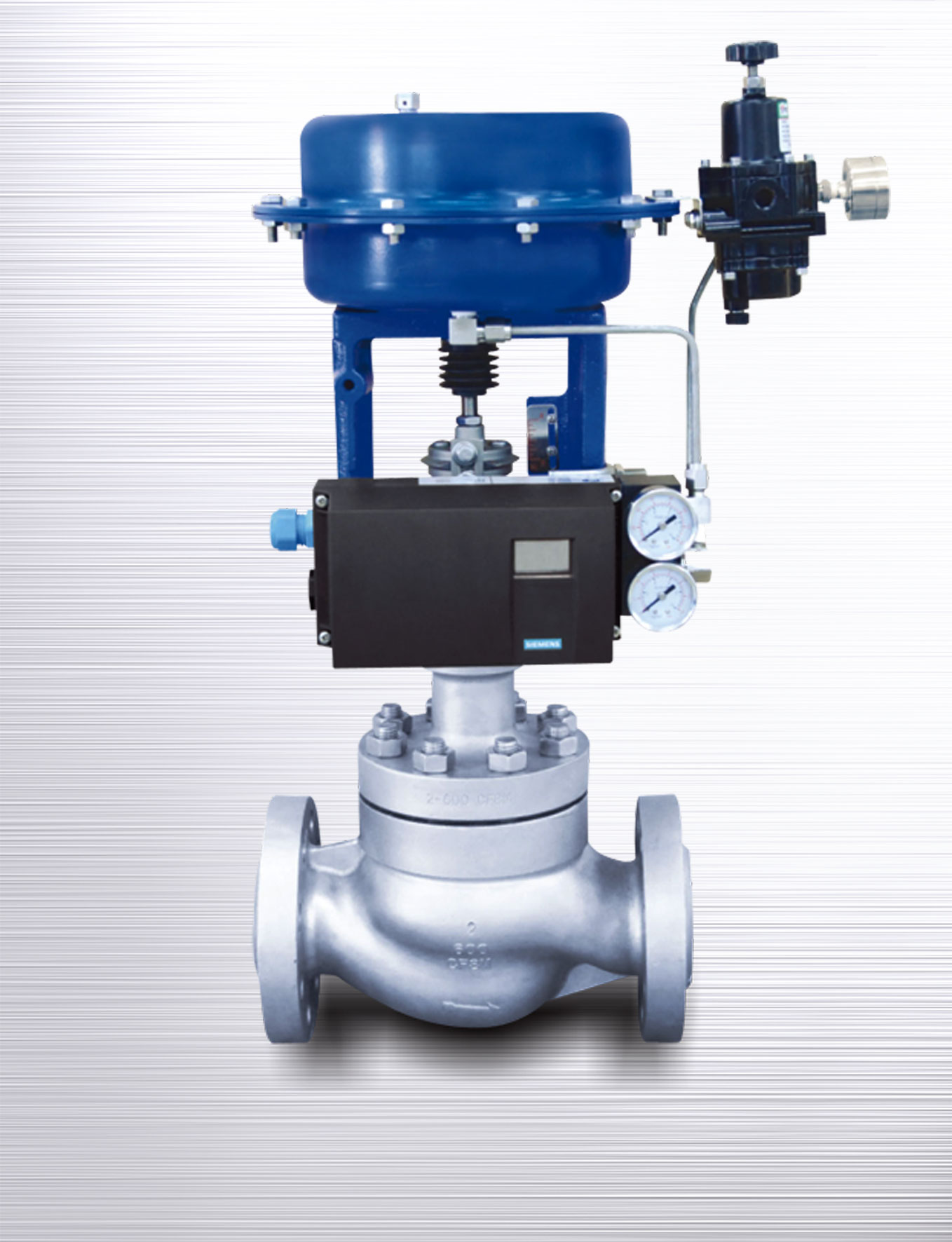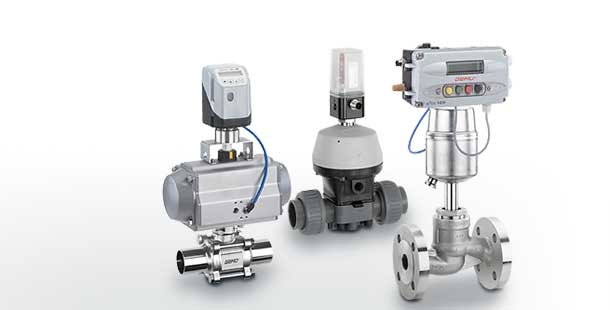Cutting-edge Control Valves: Enhancing Precision and Dependability
Cutting-edge Control Valves: Enhancing Precision and Dependability
Blog Article

Maximize Energy Savings and Convenience With Advanced Structure Automation Controls
In the world of modern design and facility administration, the assimilation of advanced structure automation controls stands as an essential advancement. By taking advantage of the power of automation, structures can adapt, respond, and advance in ways that were as soon as unimaginable.
Energy Performance Advantages
Energy performance advantages can dramatically lower power usage and operational costs in buildings. Energy-efficient systems, such as advanced structure automation controls, can maximize the usage of resources like cooling, lighting, and home heating, leading to lower power costs over time.
Furthermore, enhanced energy performance can extend the life-span of structure equipment and systems. By operating extra successfully, a/c systems, lighting components, and other building components experience less damage, leading to lowered upkeep and substitute costs. Furthermore, energy-efficient buildings frequently regulate higher residential or commercial property worths and rental prices, giving lasting financial advantages to owners.
Moreover, energy performance can enhance owner comfort and performance. Correctly managed indoor settings with optimal illumination and thermal problems produce an even more pleasant and favorable work space, leading to enhanced staff member fulfillment and efficiency. In general, the power performance benefits associated with sophisticated structure automation controls are complex, encompassing price financial savings, ecological stewardship, and owner well-being.
Boosted Convenience Control
Enhancing comfort control in building atmospheres needs an innovative assimilation of advanced automation systems for ideal passenger wellness. By making use of innovative structure automation controls, centers can tailor the indoor environment to meet the certain requirements and choices of owners. These systems make it possible for precise regulation of temperature level, air flow, and illumination, producing a comfy and efficient atmosphere. Resident contentment and performance are very closely linked to thermal comfort, making it vital to have systems in location that can adapt to altering conditions in real-time.
Improved convenience control surpasses basic temperature modifications. It consists of features such as customized settings, occupancy sensors, and natural light application to produce a vibrant and receptive environment. By incorporating these advanced controls, structures can not only enhance convenience but likewise enhance power effectiveness by optimizing system procedures based on actual tenancy and usage patterns. Inevitably, prioritizing owner comfort via advanced automation systems brings about a much more enjoyable and much healthier interior environment.
Operational Effectiveness Improvements

In addition, the implementation of real-time surveillance and analytics tools allows structure drivers to determine power inefficiencies and operational abnormalities without delay. By continuously keeping track of energy usage patterns and system efficiency metrics, adjustments can be made in real-time to enhance energy usage and ensure peak operational effectiveness. control valves. In addition, incorporating demand reaction approaches right into building automation controls can further improve operational effectiveness by dynamically readjusting power use based on grid problems and prices signals
Indoor Climate Optimization
Reliable interior climate optimization is a fundamental aspect of building automation controls, making certain occupants' comfort and well-being while maximizing energy savings. By utilizing advanced sensors and controls, building automation systems can visit this page continuously adjust and monitor temperature level, moisture degrees, air top quality, and air flow to produce an ideal indoor environment. Keeping regular and comfy conditions not only boosts owner contentment yet additionally improves efficiency and overall health.
Interior environment optimization likewise plays an essential function in energy performance. By fine-tuning air conditioning, ventilation, and home heating systems based on real-time data and occupancy patterns, building automation controls can significantly lower energy consumption - control valves. As an example, executing strategies such as demand-controlled air flow and thermal zoning can assist decrease energy waste while guaranteeing that each location of the building obtains the required conditioning.

Sustainable Environment Creation
Structure automation regulates not just maximize interior environment conditions for power performance and owner convenience however also lay the foundation for developing a lasting atmosphere with tactical management of systems and sources. By incorporating sophisticated building automation innovations, such as sensors, actuators, and intelligent software program, centers can keep an eye on and change energy usage in real-time to minimize waste and reduce their carbon impact. These systems make it possible for anticipating upkeep, recognizing possible concerns before they intensify and enhancing equipment efficiency to enhance long check my reference life and effectiveness.
Moreover, lasting environment production prolongs past energy monitoring to include water conservation, waste decrease, and indoor air high quality improvement. Structure automation controls can regulate water usage, spot leakages, and guarantee correct waste disposal techniques, contributing to total sustainability initiatives. In addition, by managing and checking ventilation and filtering systems, these modern technologies improve owner health and performance while decreasing energy usage associated with a/c procedures.
Conclusion
Finally, progressed building automation manages deal substantial benefits in terms of energy financial savings, convenience control, operational effectiveness, interior environment optimization, and developing a sustainable setting. By applying these look at this website controls, buildings can attain ideal efficiency while decreasing power usage and boosting resident convenience. It is evident that using advanced automation modern technology is critical in improving building performance and developing a more lasting future.
Energy performance benefits can significantly reduce power consumption and operational prices in buildings. Overall, the power efficiency advantages connected with innovative structure automation controls are diverse, encompassing cost savings, environmental stewardship, and resident wellness.
Additionally, incorporating need action techniques into structure automation controls can additionally improve operational performance by dynamically changing energy use based on grid conditions and rates signals.
Structure automation controls not just enhance indoor environment conditions for energy performance and resident comfort however also lay the foundation for producing a sustainable setting with strategic monitoring of resources and systems.In final thought, progressed structure automation controls deal significant advantages in terms of energy cost savings, convenience control, operational performance, indoor environment optimization, and creating a lasting environment.
Report this page